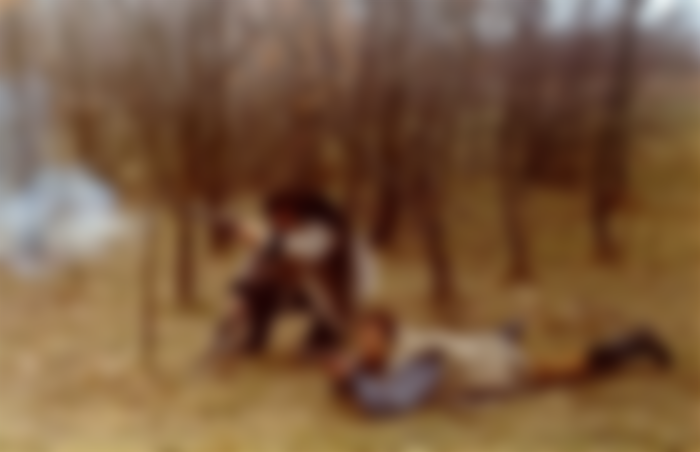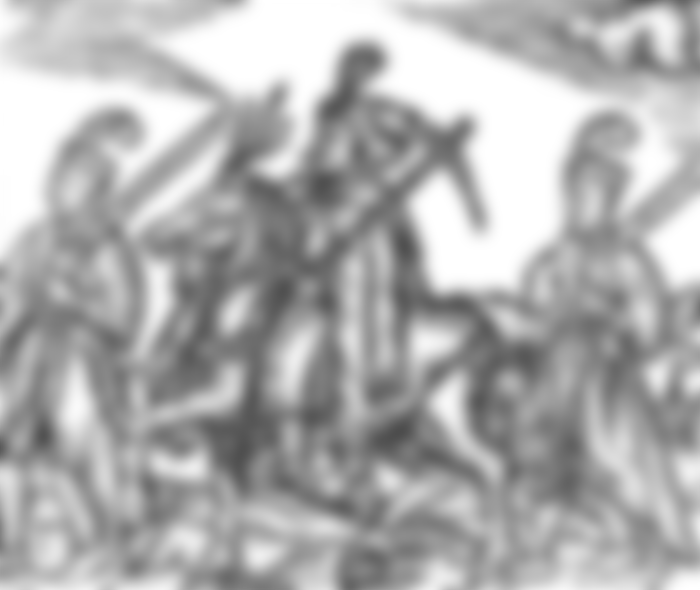Hajduk comes from the Turkish word "haydut" which would mean robber, but there is also a version that these are actually names for armed cattle breeders in Hungary, something like cowboys.
There is no clear line between bandit robbers or organized paramilitaries, the name encompasses it all.
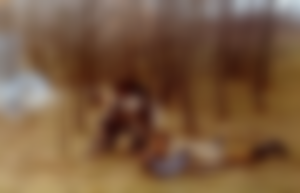
Hajdustvo in Slavonia originated during the Ottoman period. It occurs somewhat more frequently in the late 16th and early 17th centuries. In fact, paramilitaries composed of peasants, insurgents and opportunists have a long tradition in this area.
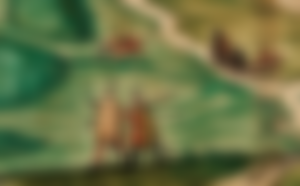
It dates back to the Middle Ages, when certain groups, so to speak, "deviated" from the legal, often unjust decisions of the king or local nobleman. More organized groups, supported by a third party in arms, equipment, and food, emerged after the failed Ottoman wars in Hungary and Croatia during the 16th century. We can say that in proportion to the crisis of the Ottoman Empire, the courage and readiness of the people to fight grew.
Slavonia as a strategic factor of the road leading to the heart of the then Hungary and the Danube with its tributaries as a double-edged sword used by the armies of both sides, was a chessboard of cunning moves. Something important for banditry was the end of the Slavonian mountains and the Požega valley, precisely because of the tactically beautiful terrain.
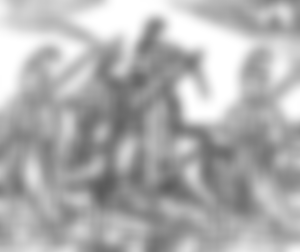
The famous hajduks were Đuro Matić from the vicinity of Zemun, Nikola Šarić from Požega, who killed the Požega pasha with a rifle. Then Antun Slavetić and Franjo Kolaković. They used to fight separately with their hijackers, and sometimes they would know how to unite and attack the Turks together. In Croatian and Turkish sources, records state that Slavetić and Kolaković between 1607 and 1609, at a time when the Turkish government in these Croatian regions was at its peak, waged a real small war against the Požega pasha. The fact that in 1607 the Turks raised an army of 10,000 janissaries against them on the Slavonian and Bosnian sides shows how great a threat and danger they became to the Turks. It is worth mentioning the Ilok insurgents Delimanović, then there is the famous insurgent, Franciscan and Našice guardian, Fr. Luka Ibrišimović. There are also bandits Mato and Mirko Lapanović who fought in the vicinity of Slavonski Brod, and many other known and unknown.
As is usually the case, the Ottomans retaliated with brutality against the people.
Harassment is a phenomenon throughout Europe, in other countries they were called differently. Sometimes entire regions were revolted, as in the case of the Transylvanian prince Istvan Bočkaj who even sided with the Ottomans, protecting the independence of Transylvania and religious freedom. Even today, the names of certain regions and cities in Hungary with the attribute "hajducki" remain.
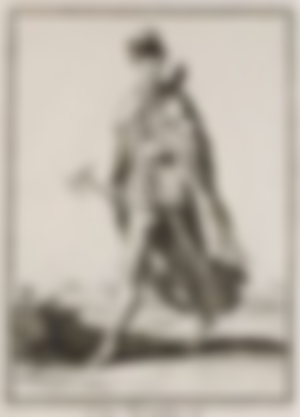

n the midst of the wars against the Ottomans in Slavonia, the Hajduks were often associated as paramilitaries with the main forces of the empire. For example, a description from 1687 for Vukovar states that the bandits, in agreement with the imperial army and General d'Aspremont, attacked the Turkish Ilok and were repulsed.
The hijackers entered the written sources through oral sources, where the folk culture saw them as heroes and knights.
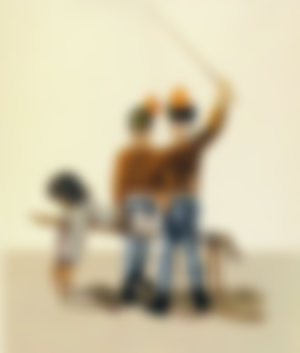
The situation with the appearance of banditry continued even after the liberation from the Ottomans. In the 18th and 19th. In the 16th century, groups of robbers and dissatisfied people appeared who were a threat to the unjust aristocratic system as it existed in Slavonia at that time. . Arrests were often made for them and their heads were blackmailed
The last group of hajduks was the group of Jova Stanisavljević Čaruga, which after the First St. The war in Slavonia posed problems for the then government. hiding for almost four years in forests throughout Slavonia. They rob only the richer population, and if necessary, they kill. He was accidentally arrested at the end of 1923 and tried until June 1924. In February 1925, he was convicted and hanged in Osijek.



His grave is still in Ana's cemetery in Osijek.
